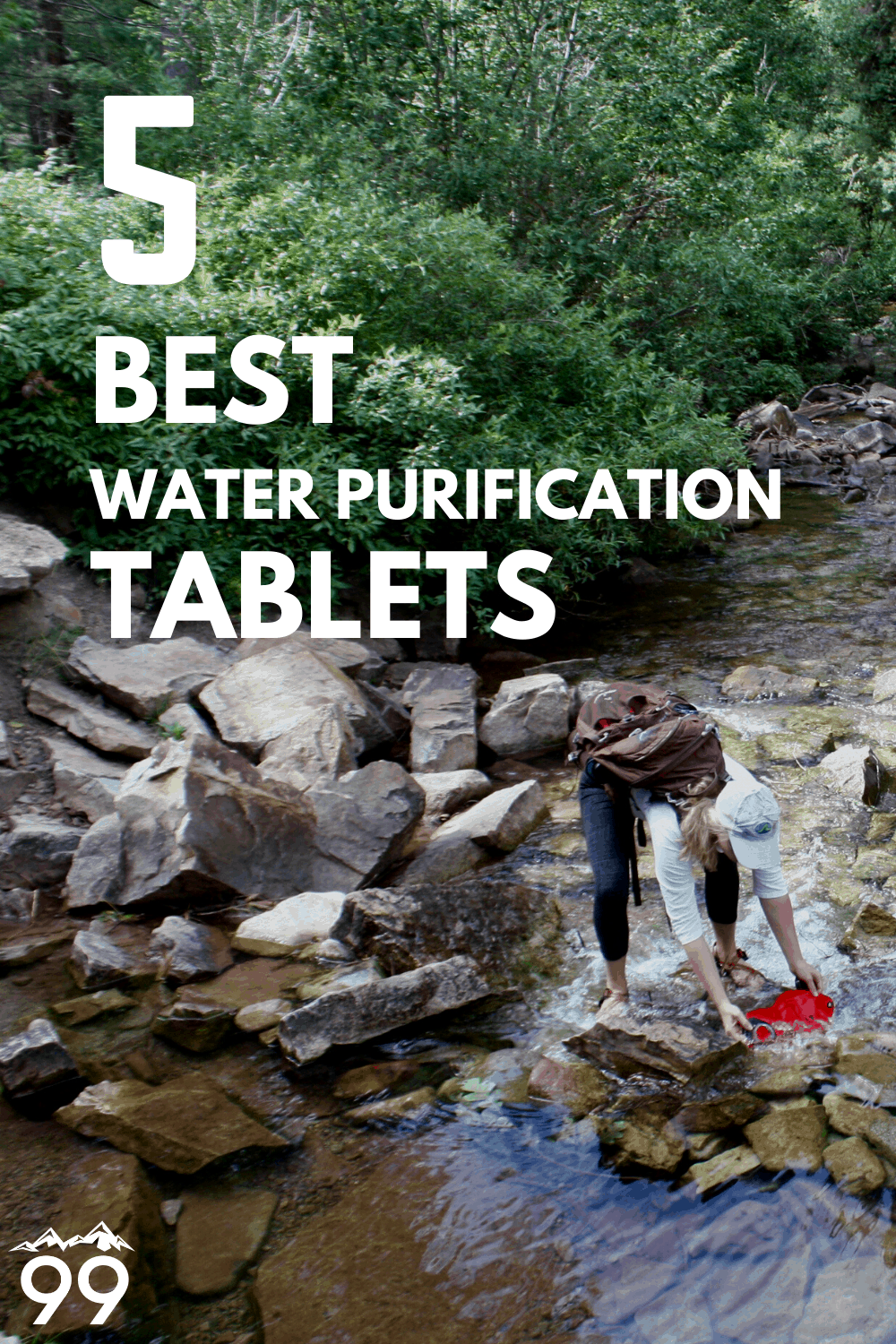Examining whether filtering water constitutes a chemical change requires an understanding of the nature of chemical changes and the processes involved in water filtration.

Chemical Change:
A chemical change involves the rearrangement or transformation of chemical substances into different substances with distinct properties. This transformation results in the formation of new chemical bonds, breaking of existing chemical bonds, or a change in molecular structure.
Water Filtration:
Water filtration, on the other hand, is a physical process that removes impurities and contaminants from water. It does not involve any change to the chemical composition of the water molecules themselves. The impurities removed by filtration are typically suspended solids, such as silt, sediment, or microorganisms.
Physical vs. Chemical Changes:
The distinction between physical and chemical changes lies in the level at which the changes occur. Physical changes affect the physical properties of the substance, like its appearance, density, or state (solid, liquid, or gas). Chemical changes, however, alter the composition and structure of the substance, creating new substances with different properties.
In the case of water filtration, the removal of impurities through a physical process does not change the chemical structure or composition of the water molecules. The water still consists of H2O molecules with the same chemical properties. Therefore, filtering water is considered a physical change, not a chemical change.

Examples of Physical and Chemical Changes:
To illustrate the difference, consider the following examples:
- Melting ice is a physical change. The ice changes from a solid to a liquid state, but the chemical composition remains the same (H2O).
- Burning wood is a chemical change. The wood undergoes a chemical reaction with oxygen, resulting in the formation of carbon dioxide, water, and other compounds.
Conclusion:
Based on these distinctions, it is evident that filtering water is a physical change, not a chemical change. The process removes impurities and contaminants through physical separation, leaving the chemical structure and composition of water molecules intact.










